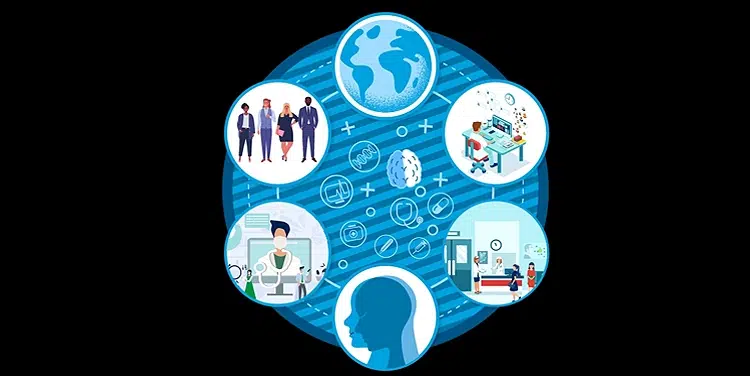In today’s rapidly evolving world, understanding and implementing preventative measures is crucial across diverse sectors, from healthcare to environmental protection. This article delves into these strategies, predicting future trends and their impact. Amidst this exploration, it’s interesting to note platforms like Bitcoin Loophole, an automated trading platform, aligning financial strategies with technological advancement. Every trader in the crypto market must follow this website allin1bitcoins.com to stay updated with the news and updates.
The Role of Preventative Measures in Healthcare
In the realm of healthcare, the emphasis on preventative measures marks a significant shift from reactive to proactive strategies. This transition stems from the realization that preventing diseases is not only more cost-effective but also immensely beneficial for long-term public health. Modern healthcare systems are increasingly focusing on identifying risk factors and intervening before the onset of illness. This approach encompasses a wide range of activities, from regular health screenings and vaccinations to lifestyle and dietary modifications aimed at reducing the incidence of chronic diseases such as diabetes, heart disease, and cancer.
Educational campaigns play a pivotal role in this paradigm, informing the public about the importance of healthy choices and regular medical check-ups. The integration of technology in healthcare, particularly through data analytics and telemedicine, has further empowered preventative care. By analyzing patient data, healthcare providers can identify patterns and risk factors, enabling early intervention. Telemedicine, on the other hand, makes healthcare more accessible, allowing for regular monitoring and consultation without the need for physical visits, which is particularly crucial in remote or underserved areas.
Preventative Measures in Environmental Protection
Environmental protection has taken center stage in the global conversation, with preventative measures being pivotal in combating environmental degradation. The focus is on reducing the emission of greenhouse gases, conserving biodiversity, and protecting natural habitats. A significant aspect of this involves transitioning to renewable energy sources such as solar, wind, and hydroelectric power to reduce reliance on fossil fuels. This shift not only mitigates climate change but also leads to a decrease in air and water pollution, benefiting both the environment and public health.
Another critical component of environmental protection is sustainable land use and agricultural practices. By adopting methods such as crop rotation, reduced tillage, and organic farming, the negative impact on the environment can be minimized. These practices help maintain soil health, conserve water, and reduce the use of harmful pesticides and fertilizers. Additionally, the promotion of reforestation and afforestation efforts plays a vital role in carbon sequestration, helping to balance the global carbon cycle and combat climate change.
Economic Strategies for Future Stability
In contemplating the future stability of economies globally, a multi-faceted approach is essential. This involves a combination of prudent fiscal management, investment in innovation, and policies geared towards inclusivity and sustainability. One of the foundational pillars of this strategy is the diversification of economic activities. By broadening the economic base, countries can shield themselves from the volatility that comes with over-reliance on a single industry or resource. This diversification not only mitigates risk but also opens up new avenues for growth and development.
Fiscal responsibility plays a crucial role in maintaining and achieving long-term economic stability. Governments need to manage their resources wisely, balancing expenditures with revenues and avoiding excessive debt accumulation. This approach helps in building a buffer against economic downturns and ensures that funds are available for critical investments in infrastructure, education, and healthcare. Such investments, in turn, lay the groundwork for sustained economic growth by enhancing the quality of human capital and the efficiency of production capabilities.
Another critical aspect of future economic stability is embracing technological advancement and innovation. In an era where technology drives growth, investments in research and development, digital infrastructure, and education in STEM fields (science, technology, engineering, and mathematics) are pivotal. These investments not only foster innovation but also equip the workforce with the skills necessary to thrive in an increasingly digital and automated world.
Finally, the integration of sustainability into economic planning is non-negotiable. With climate change posing a significant risk to global economies, strategies that promote green technologies, renewable energy, and sustainable practices are crucial. These strategies not only help in mitigating the impact of climate change but also open up new economic opportunities in the green sector.
Conclusion
As we navigate through various preventative measures and their significance, it’s clear that the future hinges on adaptability and innovation. Embracing these strategies, from healthcare to economic policies, will be pivotal in shaping a resilient and sustainable future.
















